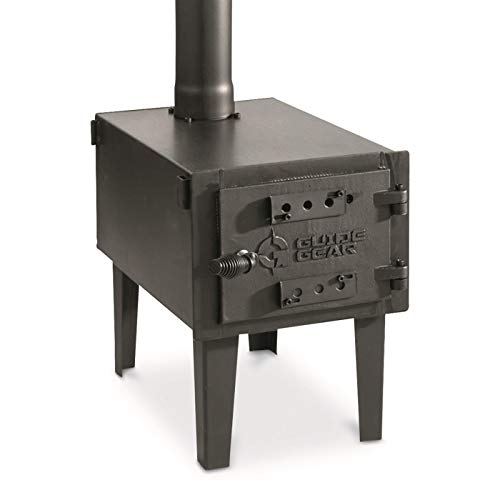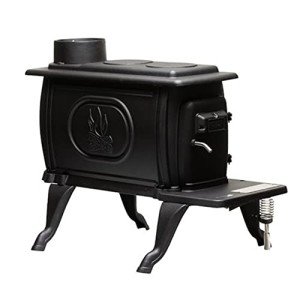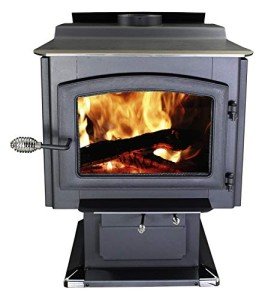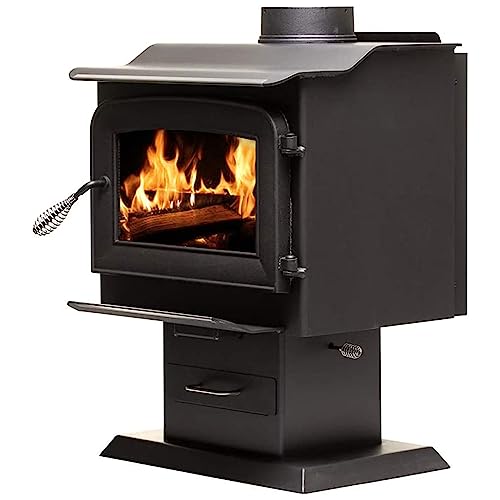In an age dominated by modern heating technologies, the cast iron wood-burning stove remains a distinctive choice for those seeking warmth and ambiance in their homes. Among its variations, the cast iron wood-burning stove with a view window stands out, offering both functionality and aesthetic pleasure. This guide will explore the advantages, features, installation considerations, maintenance requirements, and some popular models of these stoves.
Understanding Cast Iron Wood Burning Stoves
Cast iron has long been a favored material for crafting wood-burning stoves due to its durability, heat retention, and ability to distribute warmth evenly. Unlike traditional fireplaces, which can be drafty and inefficient, wood-burning stoves provide a controlled environment for heating. Their design allows for the combustion of wood with high efficiency, turning logs into heat while reducing smoke emissions.
The Design Advantage: View Window
One of the key features of cast iron wood-burning stoves is the view window. The incorporation of glass or fireview panels allows users to enjoy the captivating flames within the stove while maximizing heat output. The view window serves several practical and aesthetic purposes:
- Aesthetic Appeal: The flickering flames create a warm and inviting atmosphere, transforming a simple heating appliance into a focal point of the room.
- Heat Efficiency: Modern stoves are designed with combustion technologies that maximize heat transfer, ensuring that the heat generated by the flame warms the room effectively.
- Safety: Having a closed-stove with a glass panel minimizes the risk of sparks or embers escaping, ensuring a safer environment, especially in homes with pets or children.
Advantages of a Cast Iron Wood Burning Stove with View Window
1. Energy Efficiency
Wood-burning stoves are known for their capacity to heat a space efficiently. A cast iron wood-burning stove, especially one with a view window, tends to have higher combustion efficiency due to advanced airflow designs. This means less wood consumption and more heat produced.
2. Environmentally Friendly
With a properly maintained stove, burning wood is considered carbon neutral. The carbon dioxide emitted during combustion is roughly equivalent to what the tree absorbed during its growth, making it a more environmentally sustainable heating choice compared to fossil fuels.
3. Versatility in Design
The market offers a wide array of styles and sizes. Homeowners can select a stove that complements their home’s décor, whether rustic, contemporary, or something in between. The view window adds a custom modern touch that invites light and warmth.
4. Cost-Effectiveness
Although the upfront cost of purchasing and installing a cast iron wood-burning stove may be relatively high compared to electric or gas heating options, the savings on heating bills can be significant over time. Additionally, sourcing wood for fuel can often be done locally at a much lower cost than electricity or gas.
5. Independence from Utility Providers
In remote areas, or for those seeking to reduce their reliance on traditional energy sources, wood stoves provide an independent heating solution. As long as there is a supply of wood, homeowners can maintain warmth without the fluctuations in utility prices or power outages.
Installation Considerations
Although installing a cast iron wood-burning stove with a view window can be a rewarding investment, it is imperative to ensure proper installation for optimal performance and safety:
-
Location: Choose a location that allows for sufficient clearance from walls, furniture, and other combustibles. Proper clearance is essential for safety and efficiency.
-
Chimney and Ventilation: A correctly sized and properly installed chimney is crucial for removing smoke and providing adequate airflow to the stove. Consulting with a professional installer is highly recommended.
-
Building Codes: Familiarize oneself with local building codes and regulations pertaining to wood-burning stoves to ensure compliance and safety.
Maintenance Requirements
Regular maintenance is vital to ensure the longevity and safe operation of a cast iron wood-burning stove. Here are essential upkeep tasks:
- Cleaning the Stove
-
Ash Removal: Ash buildup can reduce the efficiency of the stove. Regularly dispose of excess ash to maintain optimal airflow.
-
Glass Cleaning: The view window should be cleaned regularly to ensure an unobstructed view of the flames. Use appropriate glass cleaners for best results.
-
Flue Inspection: Conduct an annual cleaning and inspection of the flue to prevent creosote buildup, which is a fire hazard.
- Regular Inspections
-
Gaskets: Check and replace worn gaskets that prevent air leaks to maintain efficiency.
-
Parts Replacement: Evaluate the stove for any signs of wear or damage, such as cracks in the cast iron or rusting.
Popular Models of Cast Iron Wood Burning Stoves with View Windows
When searching for a cast iron wood-burning stove with a view window, several models are noteworthy:
- Jotul F 500 V3: A classic design that offers efficiency and large fire viewing, making it perfect for larger living spaces.
- Vermont Castings Defiant: Known for its elegance and efficient heat output, this stove features a large glass window for an unobstructed view.
- Napoleon 1400: This compact heater is great for smaller spaces while offering a large window for flame viewing.
Frequently Asked Questions (FAQs)
Q: Are cast iron wood-burning stoves safe?
A: Yes, when properly installed and maintained, cast iron wood-burning stoves provide a safe heating option and can be used effectively and efficiently.
Q: How often should I clean my wood-burning stove?
A: It is advisable to clean the stove at least once a week during the heating season, with a thorough annual inspection and chimney cleaning.
Q: Can I use my cast iron wood-burning stove for cooking?
A: Yes! Many cast iron stoves are designed to allow for cooking, making them multifunctional.
Q: What types of wood should be used in a wood-burning stove?
A: It is best to use seasoned hardwoods like oak, maple, and hickory. Avoid softwoods and treated woods to reduce creosote buildup and harmful emissions.
In conclusion, cast iron wood-burning stoves with view windows combine functionality, efficiency, and flair. Their ability to infuse a space with warmth and beauty makes them an attractive choice for home heating, particularly for those who appreciate the ambiance and tradition of wood fires. With proper installation and maintenance, these stoves can be a reliable source of heat for years to come.






